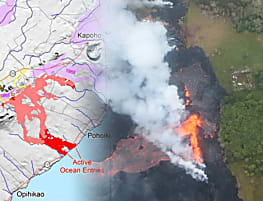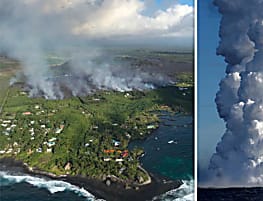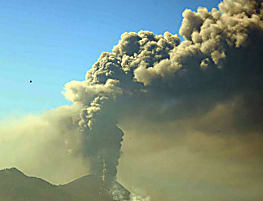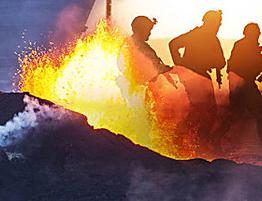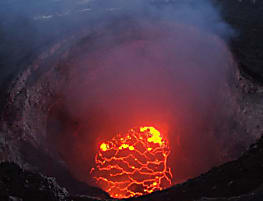Why would anyone move to an active volcano and build a home on it?
I live in the SE corner of Washington state. I am planning on moving again if the gun laws get any more restrictive.
I would move to Idaho but the altitude rises fast and that limits my ability to grow food. I want to find a moderate climate, at an altitude below 2000 feet ASL (above sea level), With at least 100 day growing season. No earthquakes over M6, no tornado risk, no flood risk, far enough from major geologic activity that it presents little threat and an area that is outside any flood zone.
I live in the SE corner of Washington state. I am planning on moving again if the gun laws get any more restrictive.
I would move to Idaho but the altitude rises fast and that limits my ability to grow food. I want to find a moderate climate, at an altitude below 2000 feet ASL (above sea level), With at least 100 day growing season. No earthquakes over M6, no tornado risk, no flood risk, far enough from major geologic activity that it presents little threat and an area that is outside any flood zone.




